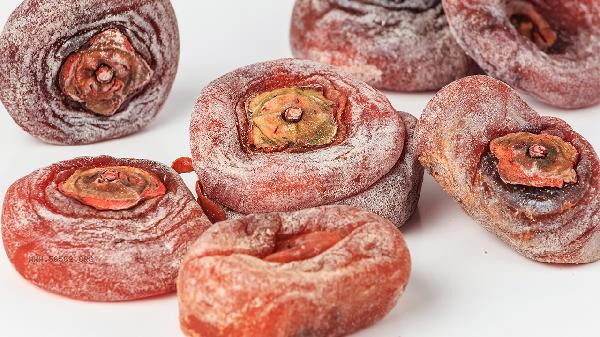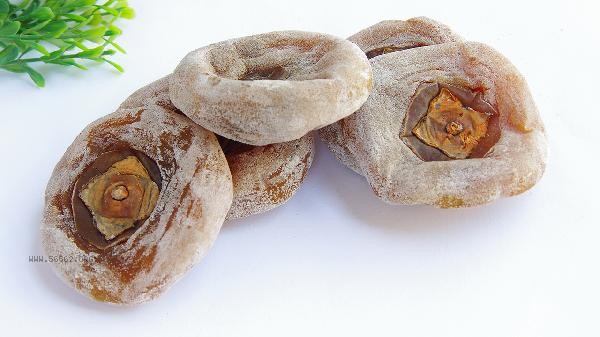The fastest methods to remove astringency from persimmon cakes mainly include soaking in warm water, sealing with alcohol, fruit ripening, freezing and thawing, and soaking in lime water.

1. Warm water soaking method
Soak persimmon cakes in warm water at 40-50 ℃ for 12-24 hours, and keep the water temperature constant. Warm water can accelerate the decomposition of tannic acid. During the process, change the water every 3-4 hours to avoid turbidity affecting the effectiveness. This method is suitable for small-scale processing at home, but it should be noted that high water temperature can cause the fruit pulp to become soft and rotten.
2. Alcohol sealing method
Spray the surface of persimmon evenly with high Baijiu, put it into a sealed bag and store it after exhausting the air. The ethylene gas produced by alcohol evaporation can promote de astringency, which can be completed in 2-3 days at room temperature. This method can preserve the original flavor of persimmon cakes, but alcohol allergy sufferers should use it with caution, and the operating environment should be kept away from open flames.
3. Fruit ripening method
Mix persimmon cakes with fruits such as apples and bananas that release a large amount of ethylene and pack them in cardboard boxes. Let them sit at room temperature for 3-5 days. The natural ethylene released by fruits can activate persimmon cake enzyme activity to decompose tannins. During the ripening process, it is necessary to check daily to avoid local overheating and mold growth.
4. Freezing and thawing method
Persimmon cakes should be naturally thawed after 24 hours of freezing. Low temperature can cause cell wall rupture and release enzyme substances. After thawing, let it stand for 8 hours to remove the astringency. The persimmon processed by this method has a slightly soft taste and is suitable for making deep processed products such as persimmon jam. It is not suitable for long-term storage.
5. Lime water soaking method
Soak persimmon cakes in 3% concentrated edible lime water for 8-12 hours, and calcium ions can combine with tannins to precipitate. After processing, rinse with running water for 30 minutes to remove residue. This method is efficient but complex to operate, and gloves should be worn to avoid skin contact with alkaline solutions. When choosing the method of removing astringency, it should be determined based on the quantity of persimmon cakes and usage needs. For small consumption, it is recommended to use the fruit ripening method or warm water soaking method. For large-scale processing, the lime water soaking method can be used. Processed persimmon cakes should be refrigerated and consumed within 7 days, avoiding repeated thawing or prolonged exposure to air. Observe for mold or odor before consumption. For those with gastrointestinal sensitivity, it is recommended to eat in moderation for the first time. Dried persimmons that have not become astringent during daily storage can be stored in a cool and ventilated place, separate from citrus fruits to avoid mutual interference.









Comments (0)
Leave a Comment
No comments yet
Be the first to share your thoughts!